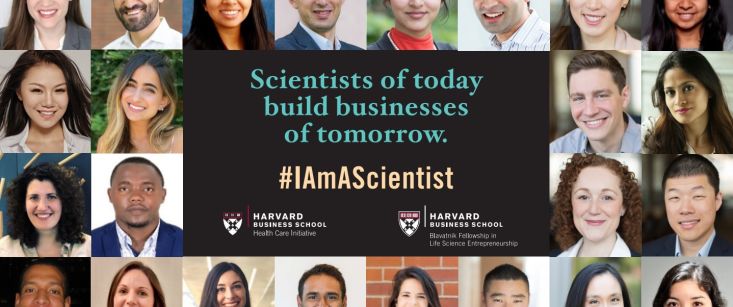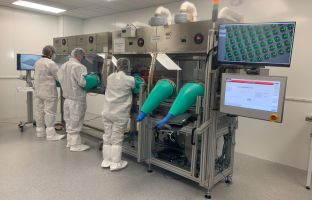As I was scrolling through my mental rolodex of scientists to invite to speak at a Blavatnik Fellowship event, I started wondering about the journeys that led them to become successful and highly regarded professionals. Did they have a favorite science teacher as a child who inspired them? Was a family member or a role model a scientist? Was their pursuit of a STEM career filled with roadblocks and hurdles they had to overcome?
As a profession, scientists are a strikingly homogeneous community. In 2015, the National Science Foundation estimated that 49% of scientists and engineers working in these occupations are white males. The remaining scientists are divided amongst 9 categories of women and people of color. To address the racial and gender inequities in STEM careers, The Plenary Co., created the social media campaign #IAmAScientist. Through the campaign, profiles of scientists representative of all racial and gender groups are highlighted in photos and personal stories. Their tagline sums up the sentiment perfectly: Because every student deserves a chance to see themselves in science.
Inclusion in science education also plays a significant role in bringing diversity to the industry. For K-12 classrooms, teachers can receive free STEM-focused materials and toolkits for students. Parents and community members are encouraged to make science education a priority throughout a child’s life. A virtuous cycle starts to emerge, wherein early education begets higher education, leading to academic and industry careers for an entirely new generation of talented scientists. Encouraging girls and children of color to stay engaged in STEM education is a path toward greater diversity, equity, and inclusion in science.







